The Friday Puzzler is back!
Between 2012 and 2015 I ran a Friday feature called the Puzzler. The idea was simple. I would pose a puzzle related to political violence that caught my eye. It could be serious, silly, easy or hard to solve. The one common thread was that it had to be interesting.
We talked about walkmans, Presidential debates, Chinese corruption, and sexual assault in the US military. We also talked about lots of other crazy things.
I’m going to re-inaugurate our beloved Puzzler by going back to the basics. Here are 5 major patterns surrounding political violence that we are beginning to observe today. Your thoughts, as always, are most welcome.
- The internationalization of civil wars. The percent of civil wars in which outside states militarily intervened has risen since the mid-1990s. In 1995 it was less than 5% of all civil wars. Today it is around 25%. Why are external actors increasingly willing to meddle, militarily, in the internal conflicts of other states?
- Civil wars are getting longer and are more likely to end in a one-sided victory. The 1990s was the decade of negotiated settlements when many longstanding civil wars (think Nicaragua, Guatemala, Honduras, Cambodia, Mozambique) ended in compromise agreements. That is no longer the case. Why the shift away from settlements and towards more war? And why are civil wars getting longer?
- Annual deaths from political violence are dropping. This statistic makes Steven Pinker happy. Despite the fact that the number of civil wars has increased since the early 2000s, annual deaths from political violence have decreased. This is true for both combatants and non-combatants. Why is political violence killing fewer and fewer people?
- The decline of military coups. Military coups are becoming increasingly less common. Since the early 1990s, generals have been less willing to take on their leaders. Why?
- The rise of non-violent protest. Non-violent protests, however, have increased. Autocrats are now more likely to be deposed by their citizens than they are by their generals. Why the shift from military resistance to public resistance?

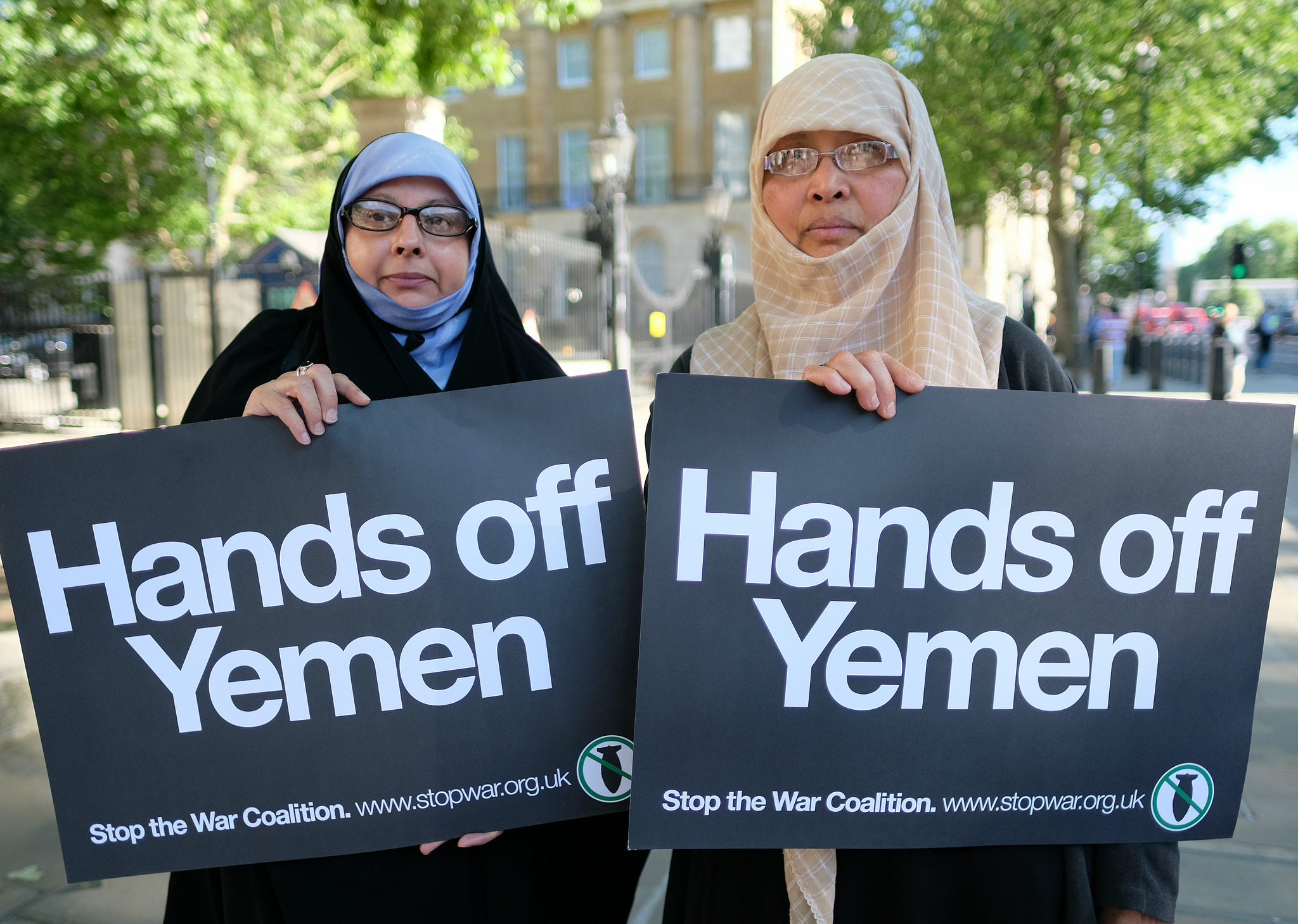
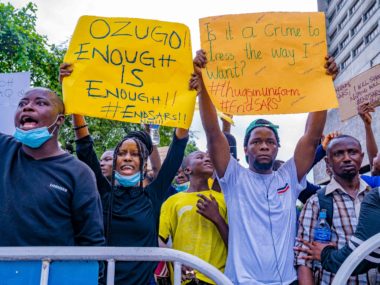
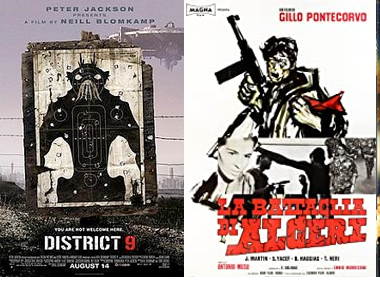
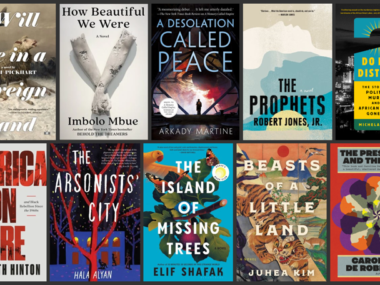
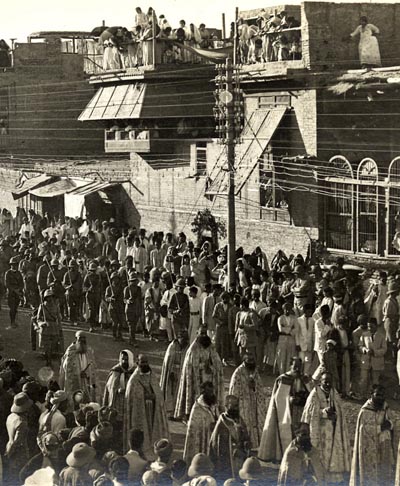

2 comments
The International Criminal Court has caused civil wars to become more intensive – dictators can no longer go into asylum.
On puzzle 3, there may be nothing to explain. The apparent decline in deaths from political violence could simply be due to random chance or short term variations in the probability of conflict. While at One Earth Future, I reanalyzed the decline of war hypothesis regarding interstate war (http://oefresearch.org/think-peace/evidence-decline-war ), following up on earlier work by Aaron Clauset. The COW data shows absolutely no statistically or substantively significant overall decline in interstate war deaths over the past two centuries. While I primarily analyzed interstate war, I strongly suspect this finding carries over to other forms of war. The 1990s and early 2000s were a relatively peaceful period, although not necessarily uniquely so.
Since the relatively peaceful period coincides with the period when civil wars tended to end in negotiations (puzzle 2), and the period where the US was the sole superpower, there may be a relationship. However, I am unsure of the exact causal mechanism.